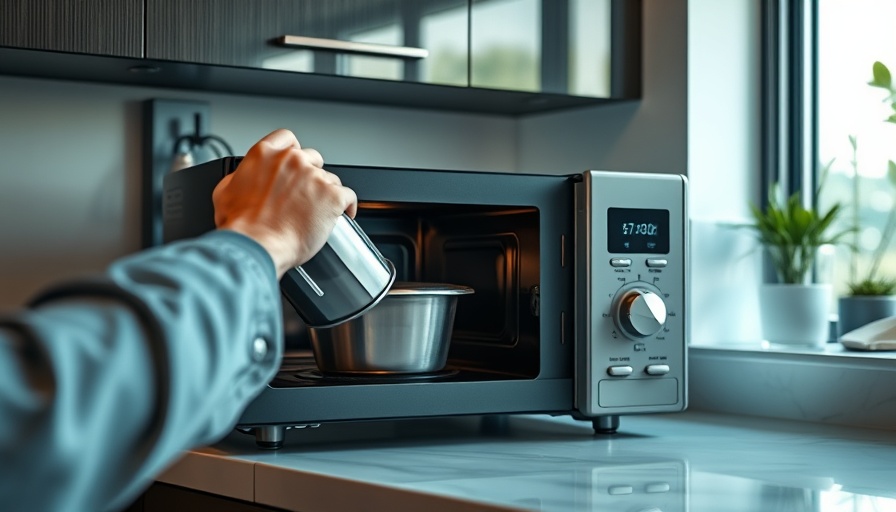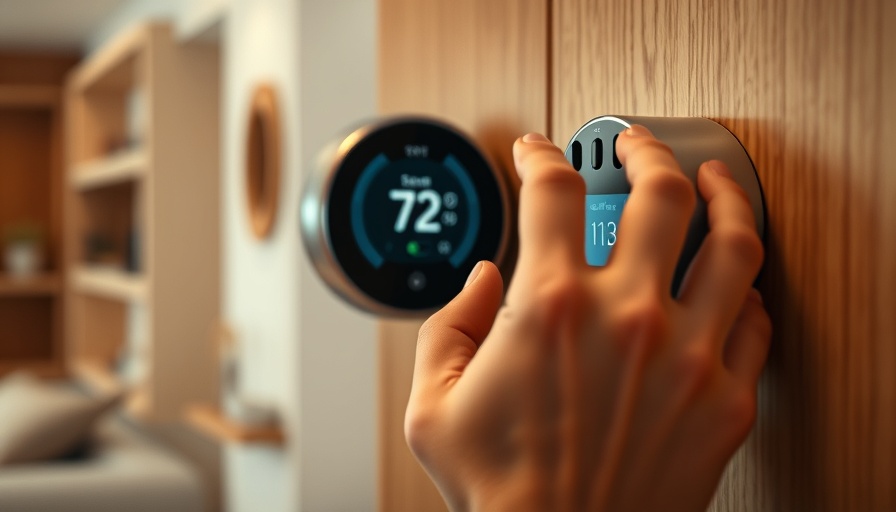
What Happens When You Microwave Metal: A Shocking Lesson
Imagine bustling around the kitchen, preparing a comforting soup when suddenly, you witness a dazzling, albeit terrifying, light show as sparks erupt from a forgotten metal spoon. This scenario, not an uncommon blunder, elucidates the fundamental question: why can’t you put metal in the microwave?
When metal enters a microwave, it reflects microwave energy instead of allowing it to permeate, akin to shining a light into a mirror. This reflection can lead to dangerously escalating heat and sparks—something even seasoned cooks like Chef Maricel Gentile have learned the hard way. In her case, the metal threads in a dish towel ignited into flames, serving as a dramatic reminder of microwave safety.
Understanding Microwave Mechanics: Why Metal Causes Trouble
So, what happens when metal is mistakenly placed in a microwave? Initially, you might notice small blue or white sparks appearing around the edges of the metal, accompanied by a sharp popping sound. Ignoring this can lead to serious consequences, including fires. Appliance repair expert Matthew Morrison warns that you should either unplug the microwave or stop it immediately to prevent further damage.
Identifying Microwave-Safe Materials: The Safe Kitchen Choices
Not just any container can withstand the rigors of microwave cooking. Dishes made from tempered glass, ceramic, and select plastics allow microwave waves to pass through, effectively cooking your food without reflecting harmful energy. On the flip side, items like styrofoam may not only melt but can release toxic chemicals into your meal, rendering them unsafe.
It’s also important to note that while certain metals, like specialized trays and microwave racks, are safe, they come with limitations. Typically, only thick, smooth, rounded stainless steel is considered acceptable. Thin metals or those with sharp edges should always remain out of the microwave.
Best Materials for Microwave Cooking: Your Options
Here are some of the best materials you can safely microwave food in:
- Tempered Glass: Transparent, allowing you to watch your food as it cooks, and durable enough to handle microwave heat.
- Ceramic or Stoneware: Great for heat retention, perfect for cooking and reheating a variety of dishes.
- Silicone: Flexible, heat-resistant and can often be used as a safe alternative to traditional containers.
What If You’ve Made a Mistake?
If you accidentally zap your metal cutlery or containers, stop the microwave immediately! Wait till everything has cooled off before attempting to remove the metal. The last thing you want is to risk serious injury or damage to your appliance.
Coach Yourself to Better Kitchen Habits
When it comes to using the microwave, knowledge is power. By understanding what can and cannot go inside, you not only protect your kitchen but also advance your culinary skills. So next time you reach for that metal spoon, remember the visual of sparks flying, and opt for a safer choice instead.
Ready to venture further into the world of DIY kitchen safety? Embrace your handy side and explore innovative solutions for your home with confidence. For all the homeowners and DIY enthusiasts in Southeast Michigan, it’s time to elevate your home improvement game—safely!
 Add Row
Add Row  Add
Add 




Write A Comment